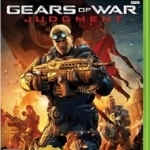
Gears of War: Judgment
Video Game
Gears of War: Judgment" delivers the most intense and challenging "Gears" game yet, with a campaign...

Diner Dash
Games and Entertainment
App
Flo’s back in the biggest Diner Dash game ever—the latest and greatest in the world’s #1 hit...

Rugby League Live for iPad
Sports and Entertainment
App
With over 10 million downloads, Sportsmate Apps are created by the world’s favourite independent...

League Live
Sports and Entertainment
App
With over 10 million downloads, Sportsmate Apps are created by the world’s favourite independent...
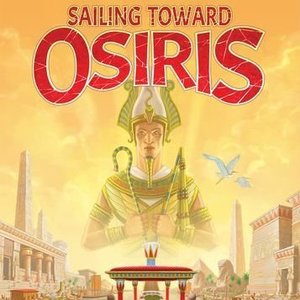
Sailing toward Osiris
Tabletop Game
Pharaoh is dead and his funerary barge sails slowly down the Nile toward his tomb where his spirit...
BoardGames 2018Games EgyptianGames
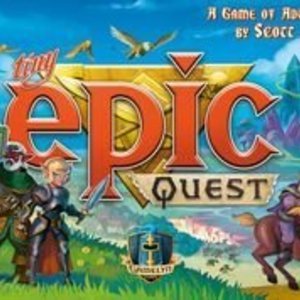
Tiny Epic Quest
Tabletop Game
A world of peace has been torn asunder by the opening of a vile portal from the goblin kingdom....
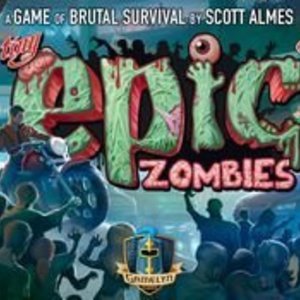
Tiny Epic Zombies
Tabletop Game
In Tiny Epic Zombies, survivors are always on the run, collecting weapons, killing Zombies and...
Connor Sheffield (293 KP) rated the Nintendo Switch version of PuPaiPo Space Deluxe in Video Games
Jan 21, 2020
From developers BolHut, who also made the challenging yet entertaining game 'You Died But A Necromancer Revived You', have brought their adorable sprites to Nintendo Switch once again with their remastered deluxe edition of their very first game PuPaiPo Space.
You have a choice of characters to play as such as a rocket man, a pink octopus, a wooden character and a star man (not their official names), and with the choice to gather your friends and all play at once, you can enjoy a challenging battle to find the legendary space pizza. So gather your friends for a fun head to head co-op and see who can get the highest score and reach the pizza first, or play solo and take every slice for yourself!
The bosses of this game are challenging and fun to battle, as each loss is a learning curve in order for the player to learn each bosses move set, so that the next time you face them you can beat them with ease. Each sprite whether it's a common NPC, a boss, or the player themselves, has it's own unique personality that makes each design stand out from one another on screen, meaning you shouldn't get lost whilst flying around the armada of bullets and rockets fired.
The backgrounds for each stage give every level it's own personality as well, as each one comes with it's own types of enemies from fish in the deep water levels, to the fiery asteroids and bombs of the space levels. This keeps the game play interesting as there isn't much you can do with a shoot and dodge game, so each stage has to feel fresh and BolHut have managed to do just that with their retro art style and unique designs.
Among the battlefield, you'll also come across a variety of cool little power-ups that will aid you in your quest for the space pizza, from bigger bullets, to faster bullets, to a simple shield that helps add a little extra life to your character as you do your best to dodge the incoming dangers.
Overall the game is a fun and fast paced experience that you can either jump into to kill some time, or set up for a group of friends and challenge one another to see who can reach the pizza. It looks amazing on the switch and the sprites are adorable and unique to BolHut's style. I hope this company continues to bring more games out onto the Nintendo Switch because their designs and game play are always challenging and unique, which allows them to stand out among the ever growing library of indie games on the market.
PuPaiPo Space Deluxe is available on PC and will be available on Nintendo Switch on Thursday 23rd January 2020, but is available to pre-order now at a discounted price. However, talking of price, the release price of this game is £3.99 and any game that's this fun for under £5 is worth every penny, so go get this game, select which character you like best, give them a name that's better than any of the names I've given them in this review and find that delicious space pizza!
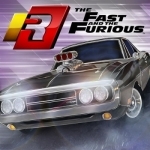
Racing Rivals
Games and Sports
App
MILLISECONDS MATTER Jump behind the wheel and risk your ride as you challenge drivers around the...
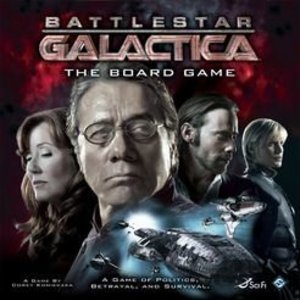
Battlestar Galactica: The Board Game
Tabletop Game
Battlestar Galactica: The Board Game is an exciting game of mistrust, intrigue, and the struggle for...
